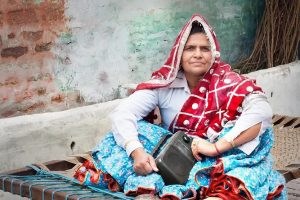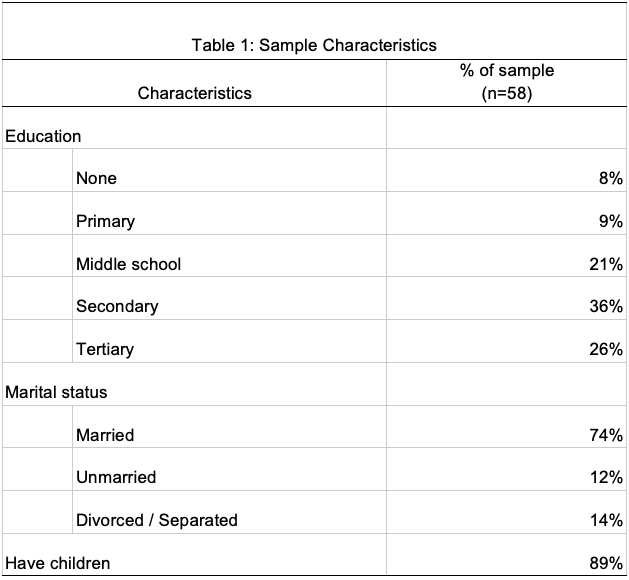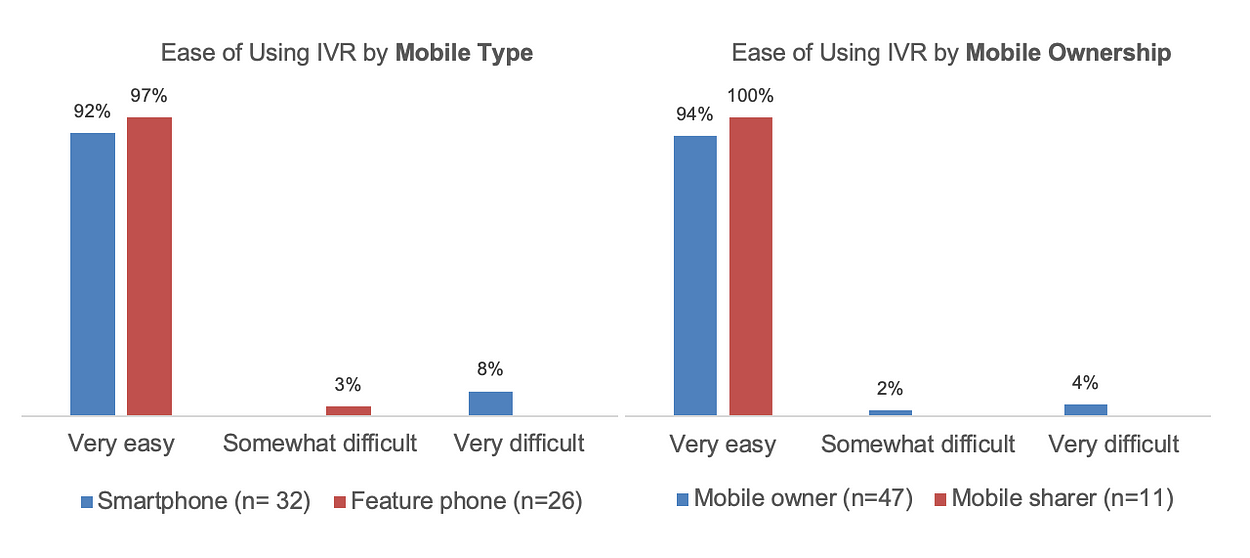Insights from Studying Community Radio Users

Image by pixelfusion3d on iStock
As we commence our study of mobile based tools that can promote entrepreneurship, self-employment and livelihoods among rural women, we want to understand if a tool is accessible to rural poor women who face unique barriers to using ICTs (access, affordability, and cultural norms, among others). We would also want to see how a tool lends itself to promote livelihoods, or if there is potential for it to do so.
A community radio is a social media platform equivalent to Facebook or Twitter for rural areas. It uses the IVR (Interactive Voice Response) system that allows users to call into a number and leave a message about their community, or listen to messages shared by others.
Content shared on a community radio can include local news and information on government schemes, and it can be curated to address the needs of the community.
Community radio users can also use this platform for sharing their grievances and seek redressal. This way, the flow of information is not only top-down, like it would be in the case of a regular radio or television, but also bottom-up, as users of the platform share information that is shared with relevant stakeholders, such as NGOs or local government representatives.
We conducted a small sample mixed-methods study of 58 women in rural Tamil Nadu who use a community radio service. The average woman in the sample was 35 years of age living in a 4 person household. Women who had children had 1.5 children on average. The table below summarises other sample characteristics:

To understand how the income of respondents’ households compared to an average household in Tamil Nadu, we used an ‘asset based’ measure of income- the Poverty Probability Index. We found that the likelihood of living under the $3.1 per person per day line for the average respondent household in our sample was 13%. For an individual from an average household in Tamil Nadu, the likelihood is higher, at 26%- this means that respondents in our sample are economically better off than individuals from the average Tamil Nadu household. We can conclude that few respondents in our sample live in poverty, while the rest are low-income.

Source: India’s Socio Economic Survey Round 68 (2011–12) and authors’ calculations
We asked the women in our sample to describe their experience with the community radio, and, rate the level of difficulty they faced in using this service. 4 in 10 women using the community radio in our sample were feature phone users, and 2 in 10 shared their phones with family members or friends. However, not having access to a smartphone or not having their own phone were not barriers to using the IVR powered community radio for these women in Tamil Nadu.

The proportion of women reporting that the community radio was ‘very easy’ to use is similar across mobile types (smartphone vs. feature phone) and ownership type (own mobile vs. shared mobile). We also found that all the women in our sample with no education, also reported that using the community radio was ‘very easy’. This speaks for — the accessibility of IVR and community radio as tools for knowledge and information sharing.
‘Even if someone doesn’t own a smartphone, they can benefit from this service which makes it highly accessible. I personally enjoy listening to news through this rather than from television channels. It has made me aware of various labour laws and benefits available for workers,’ was the response of a feature phone user, on being asked about her experience with the community radio.
‘I’m an active user and I find all the programs useful, especially information on obtaining ration cards. There was a program on creating awareness about child labour through which I understood about POCSO Act, and I find most of the awareness programs by officials very useful,’ said another respondent, also a smart phone user.
35% of the respondents had specific suggestions on content they would like the community radio to host in the future. Information on employment opportunities for women and educational assistance and scholarships were the most suggested themes. As we further study IVR and other ICT tools that can promote livelihood opportunities for rural women, this qualitative feedback will be central to understanding what the need of the hour is.
Moving forward in our work, we will conduct another small sample study in Tamil Nadu, with the weavers community who are receiving a bundled intervention in the form of skills training, entrepreneurship training, and ICT capacity building.
This research was developed as part of the Bharat Inclusion Research Fellowship.
